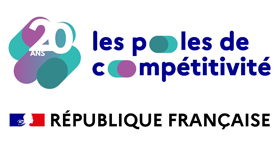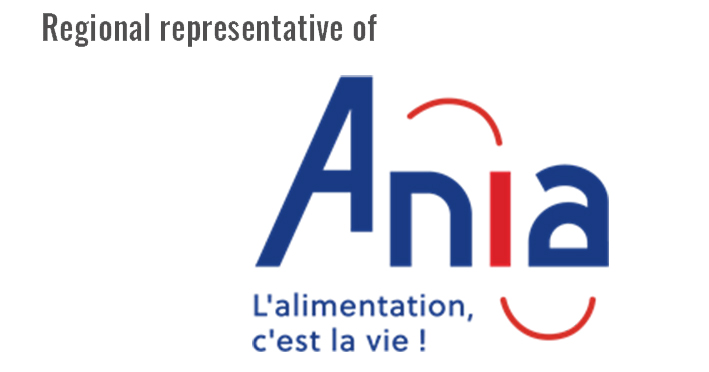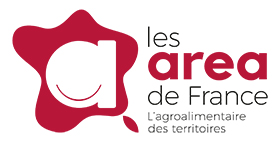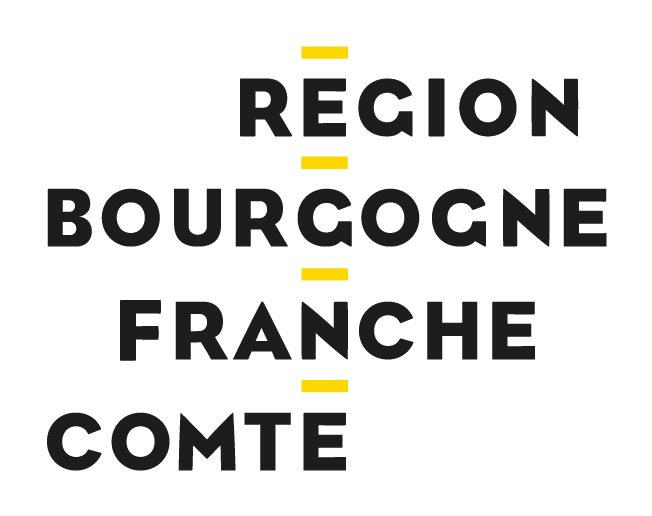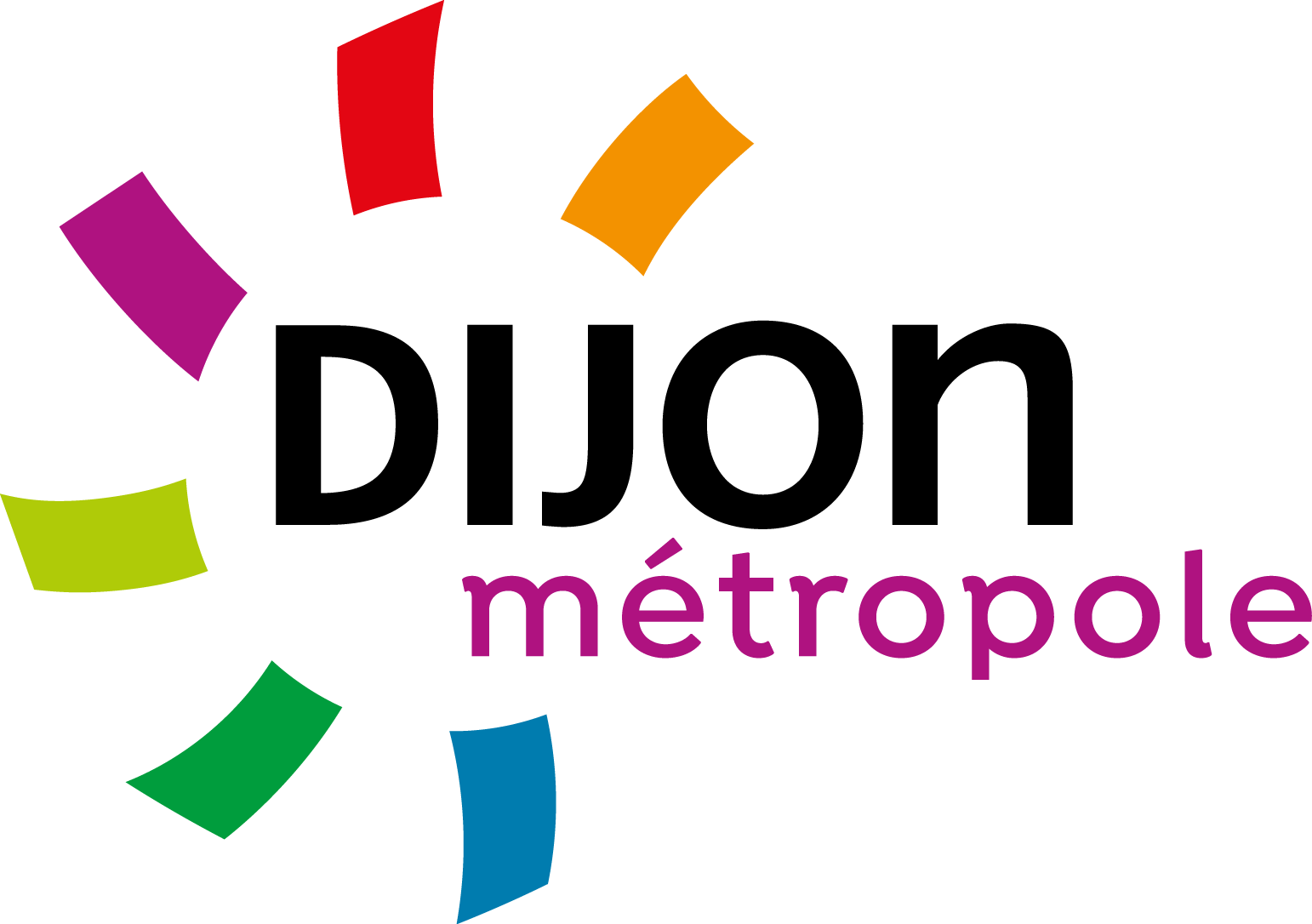04 January 2019 / The experts of the Vitagora ecosystem / Vitagora publication / Science and technologies
Microbiological expertise: preventing and controlling spoilage bacteria
This article is also available in French:
 Bacterial contamination is a major risk for the food industry. Escherichia coli and Salmonella spp.are well-known and characterised pathogens. Spoilage bacteria, on the other hand, are often underestimated and go uncontrolled. These microorganisms alter the lifespan, taste and appearance of a product without necessarily being dangerous to humans. How can they be detected and controlled? What are the possible sources of contamination?
Bacterial contamination is a major risk for the food industry. Escherichia coli and Salmonella spp.are well-known and characterised pathogens. Spoilage bacteria, on the other hand, are often underestimated and go uncontrolled. These microorganisms alter the lifespan, taste and appearance of a product without necessarily being dangerous to humans. How can they be detected and controlled? What are the possible sources of contamination?
Why this should interest you
- Often nonpathogenic, spoilage bacteria are underestimated and are a frequent cause of food deterioration.
- Detecting and identifying spoilage bacteria early can lead to solutions to stop them settling in food factories.
- Monitoring and controlling spoilage bacteria are effective solutions for managing a product's lifespan and organoleptic properties.
Escherichia coli, Listeria monocytogenes, Salmonella spp.: these bacterial flora are clearly identified and known to the food industry since, in some cases, they cause serious disease. Technical analyses are used to detect and trace them in factories. But there is another type of bacterial flora that can develop and deteriorate food products called spoilage bacteria that draw less attention. Specific to a raw material, product or a factory environment, they develop without being detected until they cause sensory changes in a finished product.
Spoilage bacteria can be defined as a group of microorganisms found in products or industrial processes. They can develop during the transformation or processing of the product and create organoleptic, visual or structural changes which reduce shelf life, without necessarily being dangerous to humans.
Spoilage bacteria are generally very resistant and have a very high capacity to adapt, even faced with treatments such as alcohol, citric acid or acetic acid and under conditions of stress. This poses a problem, particularly given that heating or chemically treating contaminated products is sometimes impossible. Usually imported in raw materials, spoilage bacteria can also form biofilms, making them difficult to eradicate.
How are they studied? How can spoilage bacteria be detected, identified, tracked and controlled? Nicolas Desroche, doctor in microbiology and laboratory manager, give us his expert perspective about spoilage bacteria.
Nicolas Desroche
From microbiology to industry
Nicolas Desroche, head of Nexidia laboratory, is an expert in the field of microorganisms and their adaptation to stressful environments. He is also a doctor of microbiology specialised in fermentation. At the end of his PhD, he joined Nexidia to conduct studies with industry partners.
Nexidia
Specialised in microbiology, Nexidia is a private laboratory providing analytical services and R&D for microorganisms, especially for the food industry. Bacterial starter cultures, probiotics, biofilms and microbial contamination: Nexidia uses scientific expertise and technology to solve microbiological problems for the food industry.
Prevention is the key
According to Nicolas, there is no miracle solution for eradicating biofilms. "It is often necessary to audit or improve the factory design to put a prevention plan in place. Intelligent factory design with no hard-to-clean areas, suitable cleaning procedures, an easily cleaned production chain … We help our clients to find ways to improve and optimise the prevention and control of spoilage bacteria," explains Nicolas. In addition to identifying and characterising existing spoilage bacteria, Nexidia also develops customised detection tests for each client, enabling easier and earlier detection to anticipate and prevent contamination.
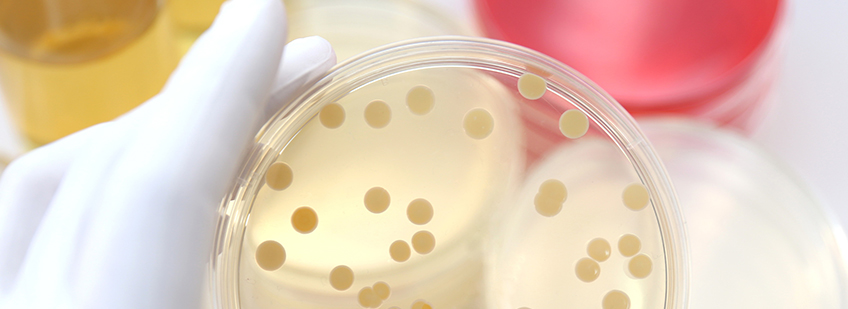
Spoilage bacteria
How do we study them?
"Our food industry clients often come to us with product stability problems. To detect spoilage bacteria, we begin with an analysis of the product’s composition. The process must be traced backwards from the finished product to the raw materials, samples taken, the factory analysed and raw product sources taken into account. Contamination can be caused by ingredients, processing machines, fluids, cleaning products, amongst other things," explains Nicolas.
“We usually detect spoilage bacteria associated with certain product types such as starter cultures or lactic acid bacteria. But in other cases, the bacteria are unknown and unmonitored, resulting in contamination and product deterioration. In some cases, we know what to look for and how to monitor it. In other cases, we don't know what we’re looking for or where to find it,” continues Nicolas.
As a result, microbiological investigations carried out by Nexidia are customised solutions developed to each client’s specific needs. Are the spoilage bacteria specific to a factory? Where is the contamination? What is the source? What caused them to appear now? Is it seasonal? Is it related to temperature? Is it due to a change in raw materials? Nicolas asks a range of questions as part of a microbiological and molecular study which includes the development of specific microbiological methods, high-throughput sequencing, real-time PCR and phenotype analysis.
Developing a service offer
"We plan to develop the services we offer to the food industry, particularly using new technologies to improve how we analyse industry conditions, our understanding of how microbial development contributes to food-spoilage, and to provide appropriate methods for control. Nexidia’s services are a back-up to routine microbiological controls to assist the food industry with finding solutions, identifying areas for improvement, and reducing spoilage risks. We also help our clients to identify better providers of cleaning processes, validate processes, or for treating raw materials, for example," concludes Nicolas.
Keywords
Bacteria, food-spoilage, microorganism, industry, food industry, analysis, microbiology, expertise
|
Find out more...To find out more about the expertise of Nexidia, or to be connected with Nicolas Desroche, contact Elodie Da Silva, Innovation & Ecosystem team leader with Vitagora: elodie.dasilva@vitagora.com.
A food engineer from the French city of Toulouse, Elodie devotes her considerable energies to leading Vitagora's team of food innovation professionals in supporting members' innovation activities. |
Further reading
In French
- PROCESS Alimentaire Mai 2007 – N° 1237 – page 76 « Nexidia valide les flores technologiques » Plus d’informations
- Journal du Palais de Bourgogne Du 4 au10 décembre 2006 - N° 4005 – page 6 « La biotech Nexidia va voir le jour fin 2006 » Plus d’informations
- PROCESS Alimentaire Avril 2008 - N° 1247 – pages 109 à 111 « La menace E. coli Shiga » Plus d’informations
- PROCESS Alimentaire Mars 2017 - N° 1345 – « DOSSIER. Crise sanitaire : haro sur les biofilms. Biofilms : des crises à fort retentissement. Les trois moyens de maîtrise. Les nouveaux matériaux antimicrobiens. 25 solutions pour lutter contre les biofilms.




 Home
Home




